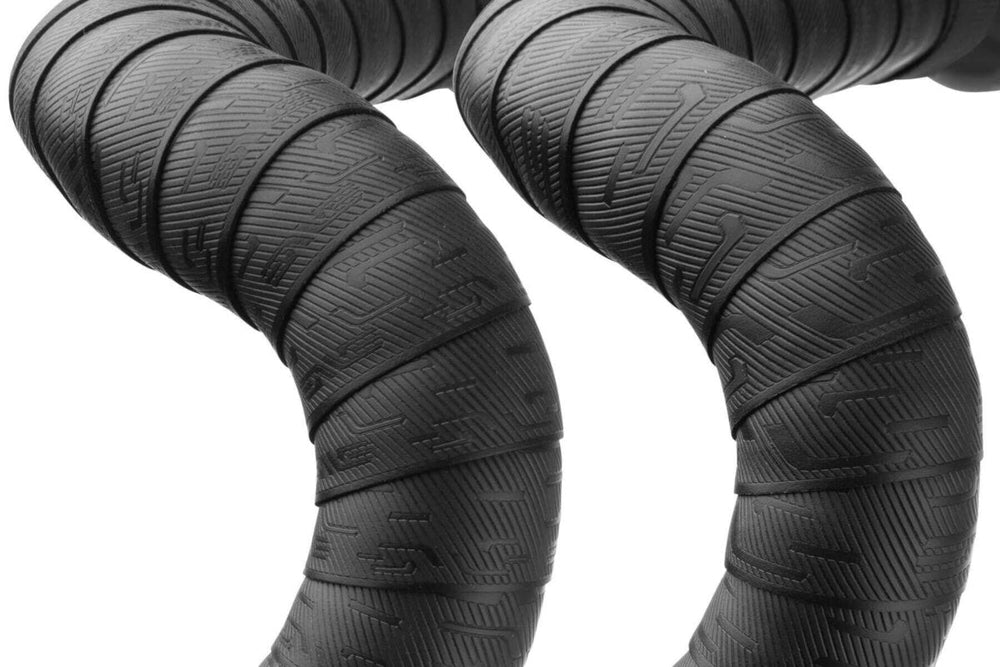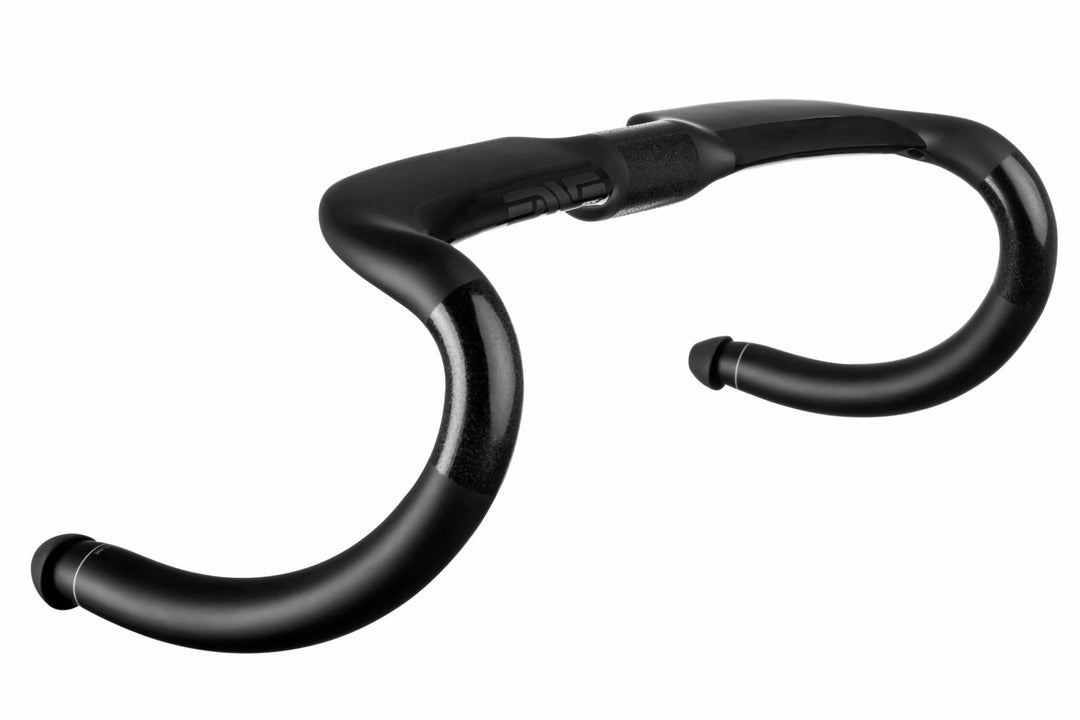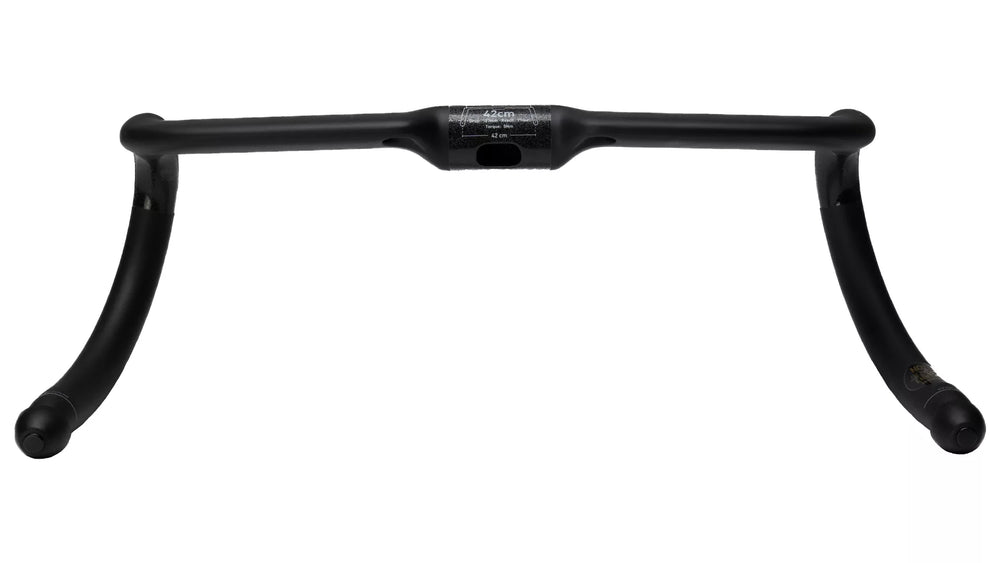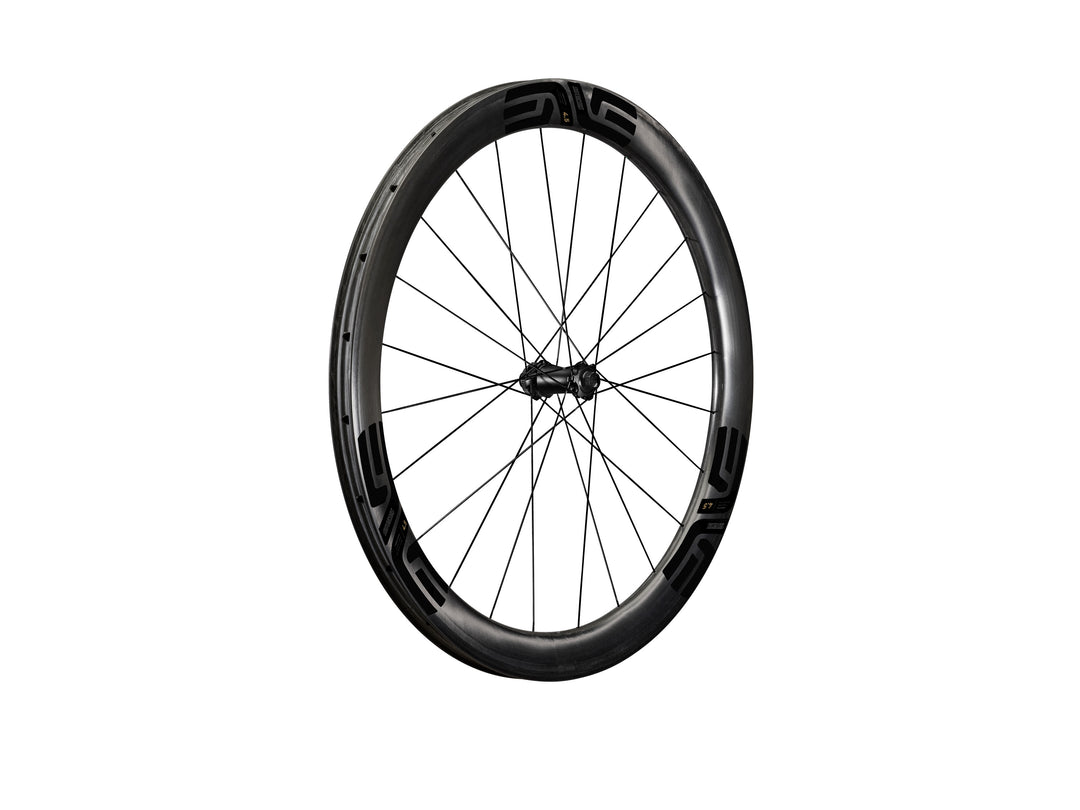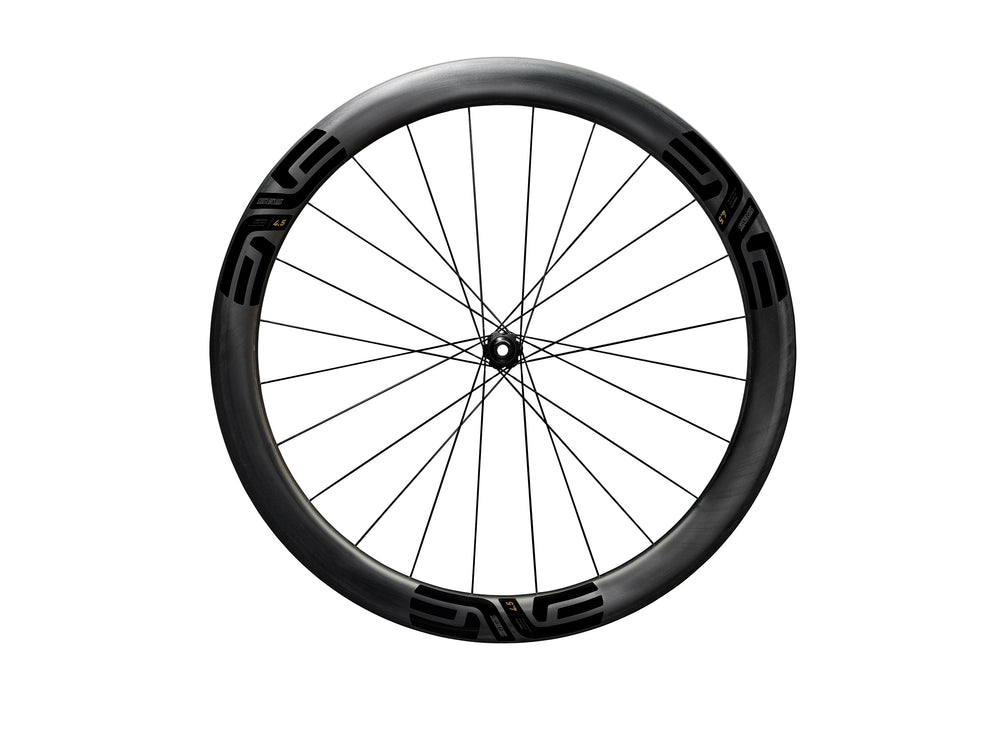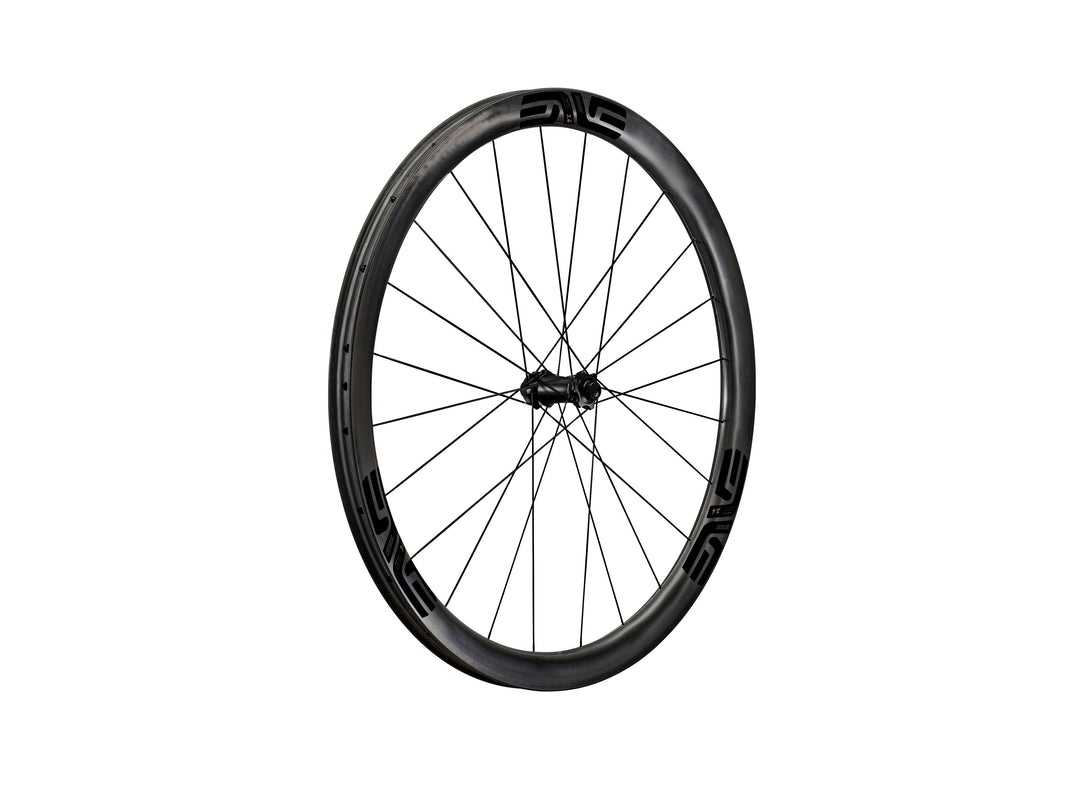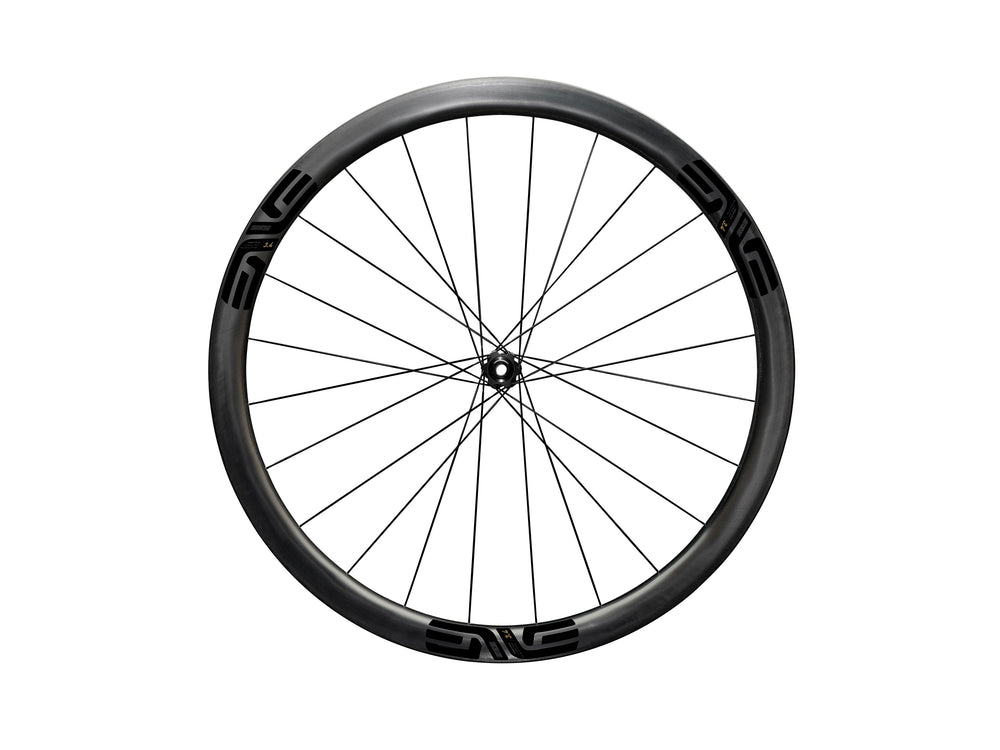Analysis: Giro d'Italia Preview
By: Zach Nehr
Photos: Gruber Images and Sprint Cycling
Tadej Pogačar and UAE Team Emirates have been unstoppable this season. In 10 race days, he’s already taken six wins, including dominant solo victories at Strade Bianche and Liège-Bastogne-Liège. On Saturday, he’ll begin his first-ever Giro d’Italia and the pursuit for overall victory.
Pogačar has said that he will race the Giro from Stage 1. That means that he won’t be ‘riding into form’ or saving his legs for the third week. Given the hard opening stage, some have suggested that Pogačar could lead the Giro from start to finish.
Let’s take a closer look at Tadej Pogačar’s attempt at the maglia rosa. The 25-year-old will start the Giro for the first time in his career on May 4th, and he’s hoping to take the pink jersey into Rome three weeks later.
This is the 2024 Giro d’Italia preview.
Stage 1 – Opening Stage from Venaria Reale to Torino
Pogačar can win on all sorts of terrain. From the hills of Liège to the mountains of France, the Slovenian is arguably the most versatile rider in the world. That makes the opening stage of the Giro quite appealing to UAE Team Emirates and Pogačar. The team will ride ENVE’s SES line of wheels throughout the Giro d’Italia, which could play a crucial role in the outcome of the race.
This year’s Giro wouldn’t be complete without mixed terrain, high-altitude finishes, and Italian gravel. Pogačar and his teammates will have the choice of the lightweight and aerodynamic ENVE SES 4.5 wheels, do-everything SES 3.4, or the climbing-specific SES 2.3 wheels.
Pogačar will be on his go-to ENVE SES 4.5 wheels in Stage 1, which includes the punchy Bivio di San Vito with 3km to go. It’s the perfect launchpad for Pogačar to take the maglia rosa on day one.
Stage 2 – First Summit Finish at Santuario di Oropa
Gone are the days of easing into a Grand Tour. After the opening jab in Torino, the Giro will take on its first summit finish just two days into the race. The Category 1 Santuario di Oropa (11.8km at 6.1%) is a deceiving climb—including multiple kilometers that average more than 9%, the Giro’s first summit finish could break underprepared GC contenders.
As the saying goes, you cannot win a Grand Tour in the first week, but you can certainly lose it. That saying holds true for what promises to be a chaotic Stage 6.
Stage 6 – Gravel Chaos
There once was a time when GC contenders feared gravel in Grand Tours. But now, we have Tadej Pogačar, a rider who is not put off by gravel. In fact, Pogačar showed the opposite at Strade Bianche.
When the UAE Team Emirates rider attacked with 81km to go, few thought that it was possible to win from such a position. But Pogačar held the gap to the finish, eventually winning Strade Bianche by nearly three minutes.
While the other GC contenders focus on avoiding time loss at the Giro, Pogačar could take advantage of the chaos. There are even a few Category 4 climbs along the way, creating the perfect springboards for Pogačar to take time on his rivals.

Stage 7 and 14 – Two Individual Time Trials
There are two individual time trials in the Giro d’Italia, on Stages 7 and 14. The first time trial is 34km of flat roads, followed by a steeply punctuated uphill finish. Pogačar has proven himself as one of the best time trialists and climbers in the world, so it wouldn’t be a surprise to see him continuing to gain time in the GC. Pay special attention to Tadej’s time trial bike and be on the lookout for some special prototype equipment, such as new aero extensions from ENVE.
Former Time Trial World Champion Filippo Ganna could be Pogačar’s main challenger in the time trials, especially in Stage 14, which is mostly flat or downhill.

Key Mountain Stages
As with any Grand Tour, there are a number of key mountain stages in this year’s Giro d’Italia. But the Italian spring has put a damper on recent years—many high-altitude routes have been altered, rerouted, or completely canceled due to snow. This year isn’t much different, as one (or more) of the Giro’s mountain passes could be changed.
But if the stages continue as planned, a few massive climbs could turn the Giro upside down.
Stage 15 features a summit finish at Livigno, one of the highest mountain passes in professional cycling. At 2,387 meters, there could be riders on their hands and knees in the final few kilometers. Pogačar has a complicated history with high-altitude climbs. Some days, he is the best rider in the world. But others, Pogačar has lost minutes in the GC when racing over 2,000 meters.
There are many different ways to measure climbing performance, but here, we’ll use VAM to compare and contrast Pogačar’s estimated efforts. VAM is an acronym for the Italian phrase ‘velocità ascensionale media’, but colloquially, it has been English-translated to ‘vertical ascent in meters.’ In other words, VAM is an estimate of the number of vertical meters you climb per hour.
You can think of VAM like speed, but vertically. Instead of traveling horizontally at 20 kph or mph, you are climbing at a VAM of 500 vertical meters per hour, for example. VAM is strongly influenced by the length and gradient of a given climb – it’s easier to produce a higher VAM on shorter and steeper climbs, for example.
An exceptional VAM is >1,500 Vm/h on any given climb, while most amateur riders will be around 300-600 Vm/h. World-class VAM is >1,800 Vm/h, especially on longer climbs, in the heat, and up to high altitudes.
On Stage 16, the peloton will climb the Passo del Stelvio. Though it is early in the stage, the 2,759-meter climb could destroy any rider with tired legs. To win the Giro d’Italia, Pogačar will have to push an estimated 1,500 VAM for over 50 minutes, a huge ask at more than 2,700 meters.

Passo Stelvio – 2024 Giro d’Italia Stage 16
Estimated Time: 54 minutes
Estimated VAM: 1,550 Vm/h

Geraint Thomas is the favorite to follow Pogačar in the mountains, and last year’s runner-up will have plenty of motivation for the maglia rosa. Other GC contenders will fight for the podium—maybe even the win—such as Ben O’Connor, Cian Uijtdebrocks, and Romain Bardet.
Stage 20 – The Final GC Battle
After a few medium mountain stages, the GC battle concludes on Stage 20 with a double ascent of Monte Grappa (18.2km at 8.1%). Riders carrying any level of fatigue will have nowhere to hide on the nearly hour-long climb.
Stages 15 and 20 are the most likely times we’ll see Pogačar donning the climbing-specific ENVE SES 2.3 wheels. Pogačar will probably be climbing for 3-4 hours during these 5 to 6-hour stages, which means that he and UAE Team Emirates want to save as much weight as possible.
Compared to the 2,759-meter Passo del Stelvio, the Monte Grappa only climbs up to 1,668 meters. At significantly lower altitudes, Pogačar and the rest of the peloton climb faster than 1,500 VAM, which makes the Monte Grappa a sub-one-hour ascent.

Monte Grappa – 2024 Giro d’Italia Stage 20
Estimated Time: 49 minutes
Estimated VAM: 1,800 Vm/h

Conclusion
The 2024 Giro d’Italia is wildly unpredictable. Given the typical rainy weather and high-altitude ascents, even the best riders in the world can run into problems over three weeks of racing.
Tadej Pogačar is the #1 favorite for the race, not just for the General Classification but for countless stages and overall classification jerseys. But other riders could benefit from abstaining from the limelight. With so much attention on Pogačar, big names like Thomas, O’Connor, or Bardet could try slipping into a breakaway like Sepp Kuss in the 2023 Vuelta a España, where the American went on to win the race.
Pogačar has already skipped many of his favorite early-season races in order to focus on the Giro d’Italia. By all indications, the Slovenian is firing on all cylinders. Whether it’s a hilly stage, flat time trial, or summit finish, expect to see Tadej Pogačar attacking in the maglia rosa.



